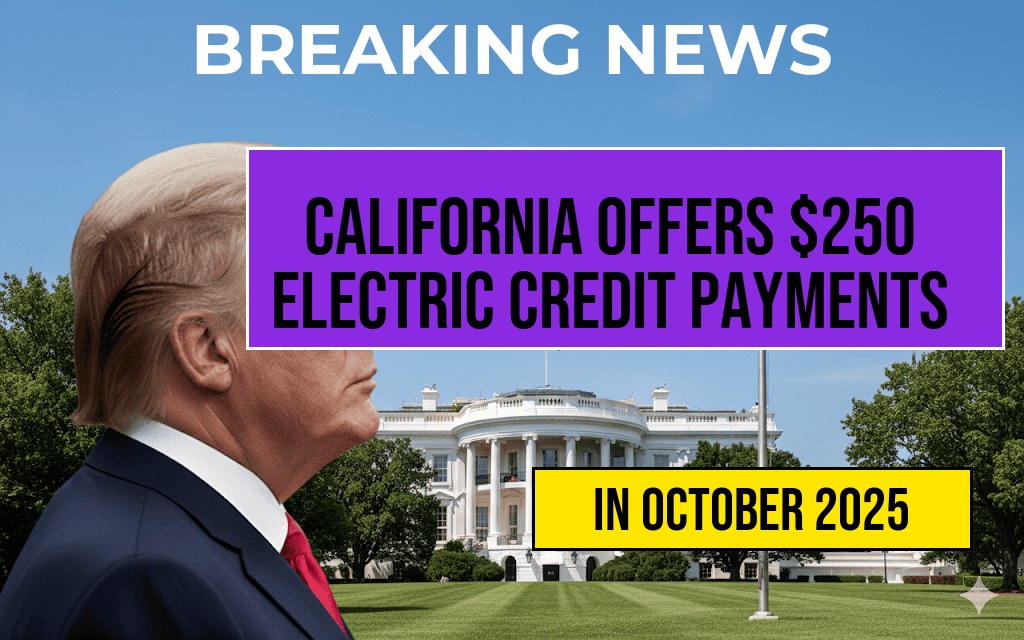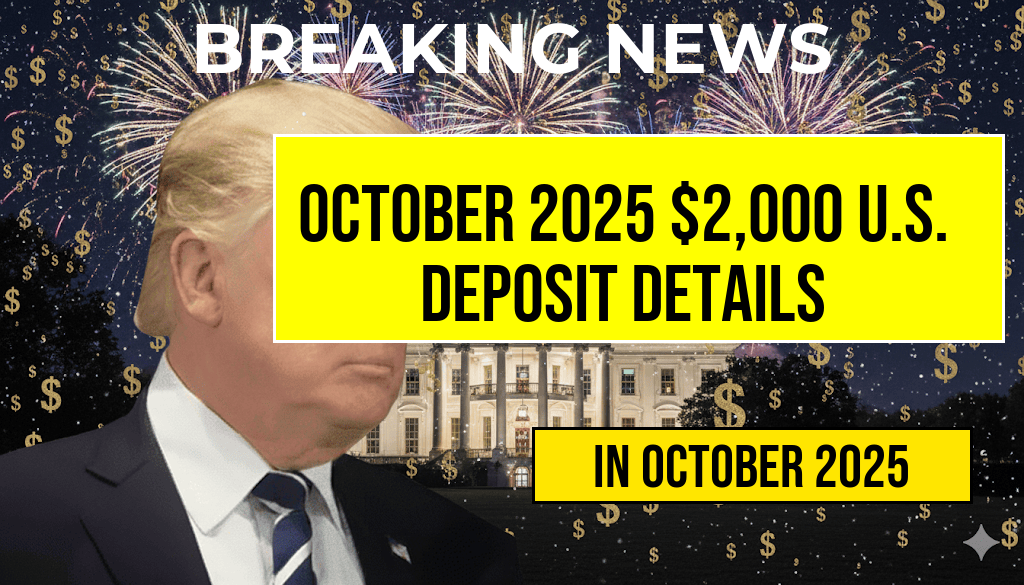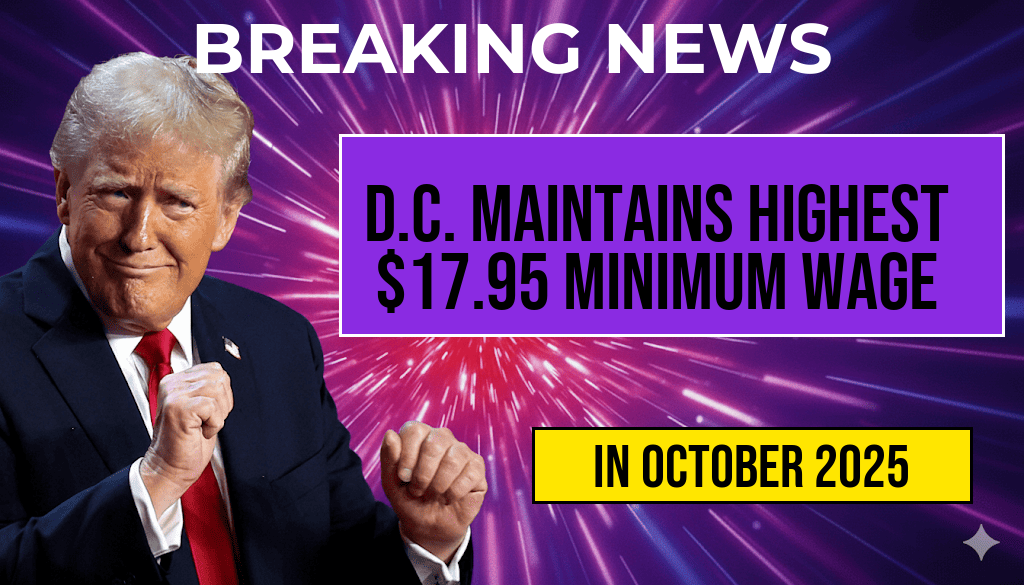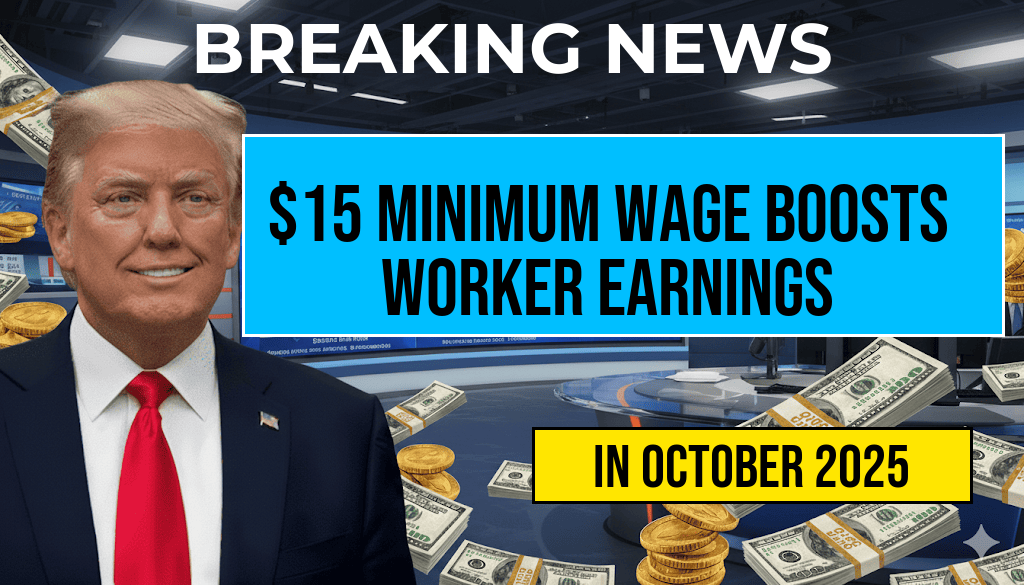California has announced a new initiative to provide direct financial assistance to over 11.5 million households, offering up to $250 per household in electric credits. This effort aims to ease the financial burden of rising energy costs and promote cleaner energy usage across the state. The program requires minimal action from recipients, with most households automatically qualifying based on existing eligibility criteria. The payments are expected to begin distribution in the coming weeks, marking a significant step in California’s broader strategy to support residents amid economic challenges and climate commitments. The initiative underscores the state’s commitment to equitable energy policies while addressing affordability issues for low- and moderate-income families.
Details of the Electric Credit Program
Scope and Eligibility
The program targets approximately 11.5 million California households, primarily focusing on those enrolled in existing assistance programs such as the California Alternative Rates for Energy (CARE) and Family Electric Rate Assistance (FERA). Households that meet income qualifications or participate in public assistance programs automatically qualify for the direct payments, which are designed to reduce energy bills without requiring additional paperwork or application processes.
How the Payments Will Be Distributed
Payments will be issued directly to qualifying households through existing utility billing channels or via prepaid debit cards, depending on the recipient’s preference. The process is streamlined to minimize administrative barriers, with most residents automatically enrolled based on data shared between state agencies and utility providers. The $250 credit is intended as a one-time benefit, complementing other ongoing efforts to improve energy affordability and encourage the adoption of renewable energy sources.
Funding and Policy Context
State Budget Allocation
| Source | Amount | Description |
|---|---|---|
| State Budget | $2.875 billion | Allocated specifically for direct household assistance and energy affordability programs |
| Federal Funds | Partially contributed via federal COVID-19 relief packages | Supported through CARES Act and subsequent federal initiatives |
| Utility Companies | In-kind contributions and administrative support | Facilitating payment distribution and outreach efforts |
The program’s funding originates from the state’s recent budget package, aimed at addressing the dual challenges of economic recovery and climate resilience. California’s climate policies emphasize reducing greenhouse gas emissions, with energy affordability as a key component. The credits are part of an integrated approach to make renewable energy more accessible and affordable for all residents, especially those most vulnerable to energy cost fluctuations.
Impact and Broader Goals
Supporting Low- and Moderate-Income Households
By providing automatic credits, California aims to mitigate energy cost burdens for low- and moderate-income families, who often spend a disproportionate share of their income on utilities. This initiative aligns with the state’s broader social equity efforts and climate goals, encouraging residents to adopt cleaner energy options without financial strain.
Encouraging Renewable Energy Adoption
Beyond immediate relief, the program complements California’s push towards renewable energy adoption. The credits are designed to incentivize energy efficiency upgrades and the use of solar power, contributing to the state’s target of reaching 100% clean electricity by 2045. The financial support reduces barriers for households considering solar installations or energy-saving appliances, fostering a more sustainable and resilient energy landscape.
Public Response and Next Steps
Community and Advocacy Reactions
Advocates have welcomed the initiative, emphasizing its potential to significantly reduce energy bills for vulnerable populations. Consumer groups note that the automatic nature of the payments minimizes bureaucratic hurdles, ensuring swift assistance. However, some have called for ongoing support measures to address energy affordability beyond one-time credits, advocating for long-term reforms.
Implementation Timeline
The California Public Utilities Commission (CPUC) has outlined that payments will begin distribution within the next 4 to 6 weeks. Utility companies are already preparing to process the credits, with residents being notified via email, bill inserts, and public outreach campaigns. The program is expected to run through the end of 2023, with potential extensions depending on funding availability and policy adjustments.
Resources and Additional Information
- Electricity in California – Wikipedia
- Forbes – California’s New Electric Credit Initiative
- California Public Utilities Commission
Frequently Asked Questions
What is the purpose of California’s direct payments for electric credits?
The purpose of California’s direct payments is to provide financial assistance to households by offering up to $250 in electric credits, aiming to reduce energy costs and support residents during high energy demand periods.
Who is eligible to receive the direct payments?
Over 11.5 million households in California are eligible for the direct payments, primarily targeting residents with qualifying utility accounts and meeting specific criteria set by the program.
How much will each household receive from the electric credit program?
Each eligible household can receive up to $250 in electric credits, with the exact amount determined based on factors such as household size and energy consumption.
What actions are required from households to receive the payments?
Minimal action is required from households, as the payments will be distributed automatically. Residents do not need to apply or submit additional documentation to receive the credits.
When will households start receiving the electric credits?
The payments are expected to be distributed soon, with the state announcing the initiative to provide relief during high energy costs. Specific timelines will be communicated directly to eligible households.






